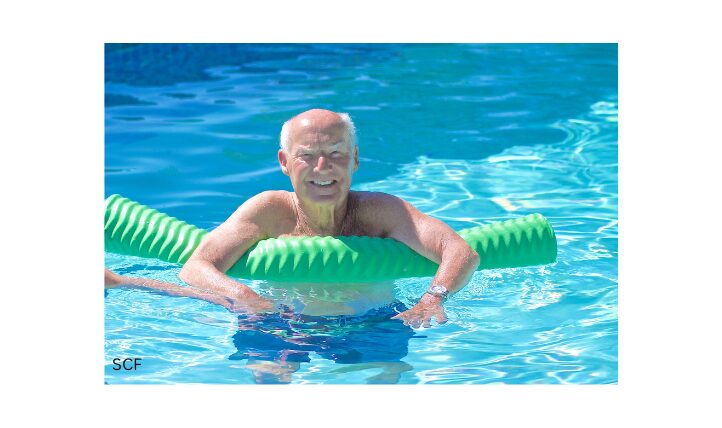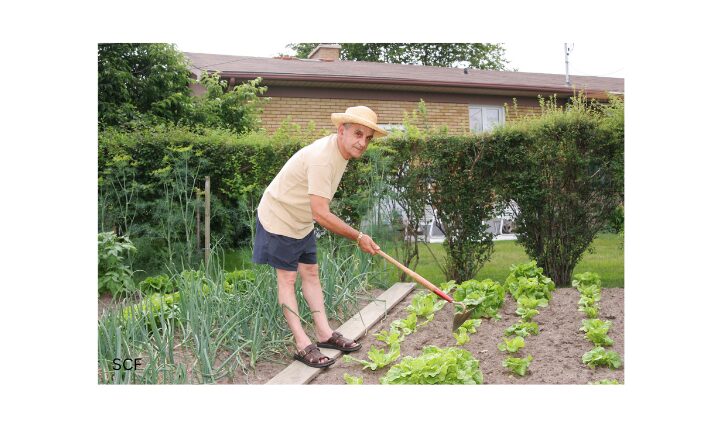Profiles of Active Seniors: Age Is Just a Number
Reaching your sixties and beyond isn’t the beginning of the end—it’s the start of a vibrant new chapter. Today’s seniors are rewriting the narrative around aging, proving that life after retirement is full of opportunities for growth, adventure, and fulfillment. By embracing active lifestyles, they show us that age truly is just a number, reflecting how you live rather than how many candles are on your birthday cake.
From fitness enthusiasts and community volunteers to lifelong learners and passionate travelers, seniors are demonstrating that staying active—physically, mentally, and socially—can transform the golden years into the best years.
1. Breaking the Age Barrier: Why Age Is Just a Number
The phrase “age is just a number” speaks to the idea that our years don’t define our capabilities or potential. Seniors today exemplify this philosophy, embracing new challenges, activities, and passions with gusto.
- Mindset Matters: Active seniors focus on possibilities rather than limitations. Instead of dwelling on what they can’t do, they explore new hobbies, engage in learning opportunities, and expand their horizons.
- Health and Wellness: Many seniors prioritize fitness, adopting routines like yoga, walking, or swimming to maintain mobility and vitality.
- Social Connection: Community involvement, hobby groups, and family time help seniors stay emotionally and socially engaged, which is crucial for mental health.

Example: Meet Helen, a 65-year-old who took up watercolor painting after retiring. Not only did she find joy in expressing herself creatively, but she also joined an art club where she made new friends and showcased her work in local exhibits.
2. The Power of Physical Activity for Seniors
Staying physically active is a cornerstone of health and happiness for seniors. Regular exercise boosts cardiovascular health, enhances muscle strength, and improves overall well-being. It’s not about pushing boundaries but about finding activities that fit individual abilities.
Steps to Stay Active:
- Start with Low-Impact Exercises: Walking, swimming, or tai chi are excellent for maintaining mobility without stressing joints.
- Set Realistic Goals: Whether it’s 10,000 steps a day or attending a weekly yoga class, achievable targets help build consistency.
- Incorporate Strength Training: Resistance exercises with light weights or resistance bands improve bone health and reduce the risk of falls.
- Join Group Activities: Community fitness classes or group hikes can make exercise enjoyable and social.
- Listen to Your Body: Rest when needed and consult a doctor before starting new routines.
- Celebrate Progress: Small achievements, like climbing stairs more easily or improving balance, deserve recognition.
Example: Bob, 72, participates in aqua aerobics twice a week. The water’s buoyancy supports his joints while providing a full-body workout. He credits these sessions with improving his energy and reducing arthritis pain.

3. Social Engagement: Building Bonds and Staying Connected
Loneliness and isolation can negatively impact mental health, but active seniors combat this by maintaining strong social ties. Interacting with others fosters a sense of belonging and purpose, which is vital for overall well-being.
How Seniors Stay Social:
- Volunteer Work: Contributing time to charities or community projects keeps seniors involved and fulfilled.
- Hobby Groups: Book clubs, knitting circles, or gardening groups offer shared interests and regular interaction.
- Family Time: Engaging in activities with grandchildren, like baking or storytelling, strengthens familial bonds.
- Senior Centers: Local centers often provide classes, events, and social opportunities tailored for seniors.
- Travel Together: Exploring new destinations with friends or groups creates shared memories.
- Tech for Connection: Video calls, social media, and online forums allow seniors to stay in touch with loved ones far away.
Example: Margaret, a retired teacher, volunteers at a local literacy program, helping children learn to read. The joy of giving back, combined with the friendships she’s formed with other volunteers, keeps her motivated and connected.
4. Lifelong Learning: Keeping the Mind Sharp
The mind thrives on stimulation, and seniors who engage in lifelong learning keep their brains sharp and spirits high. Intellectual curiosity doesn’t fade with age; in fact, it often grows stronger.
Ways to Keep Learning:
- Enroll in Classes: Many universities offer free or discounted courses for seniors.
- Explore New Hobbies: Learning to play an instrument, cooking new cuisines, or crafting can ignite creativity.
- Read Regularly: Books, magazines, or even audiobooks provide knowledge and entertainment.
- Attend Workshops: Local libraries and community centers often host free workshops on various topics.
- Solve Puzzles: Crosswords, Sudoku, and jigsaw puzzles challenge the brain while being fun.
- Join Online Learning Platforms: Websites like Coursera or MasterClass make it easy to learn from home.
Example: Paul, 68, decided to learn Spanish through an online course. His new language skills not only keep his mind engaged but also enrich his travels to Spain, where he confidently interacts with locals.
5. Adventures and Passion Projects: Living Life Fully
Retirement is the perfect time to pursue passions and embark on adventures that may have been put on hold. Whether it’s travel, art, or a long-awaited project, these endeavors add purpose and joy to life.
Ideas for Passion Projects:

- Travel: Plan trips to dream destinations or nearby attractions.
- Start a Garden: Cultivating plants can be therapeutic and rewarding.
- Write a Memoir: Share life stories and wisdom with future generations.
- Join a Cause: Advocate for environmental issues, education, or animal welfare.
- Learn Photography: Capture beautiful moments and share them with loved ones.
- Teach Skills: Share expertise in a hobby or profession by mentoring others.
Example: Linda, 70, fulfilled her lifelong dream of hiking the Appalachian Trail. Though she didn’t cover the entire route, completing sections of it gave her a profound sense of achievement and memories to cherish.
Conclusion: Living Proof That Age Is Just a Number
Active seniors remind us that life doesn’t slow down—it evolves. By staying physically fit, socially connected, mentally engaged, and passionately curious, they embody the idea that age is merely a number. Their stories inspire us to embrace every stage of life with enthusiasm and determination.
So, whether you’re picking up a new hobby, traveling the world, or simply enjoying the company of loved ones, remember: it’s never too late to start something new. Follow the lead of these dynamic seniors, and let age become a badge of experience and wisdom rather than a limitation.
Embrace life with open arms and a youthful heart, because the best adventures often come in the golden years!


